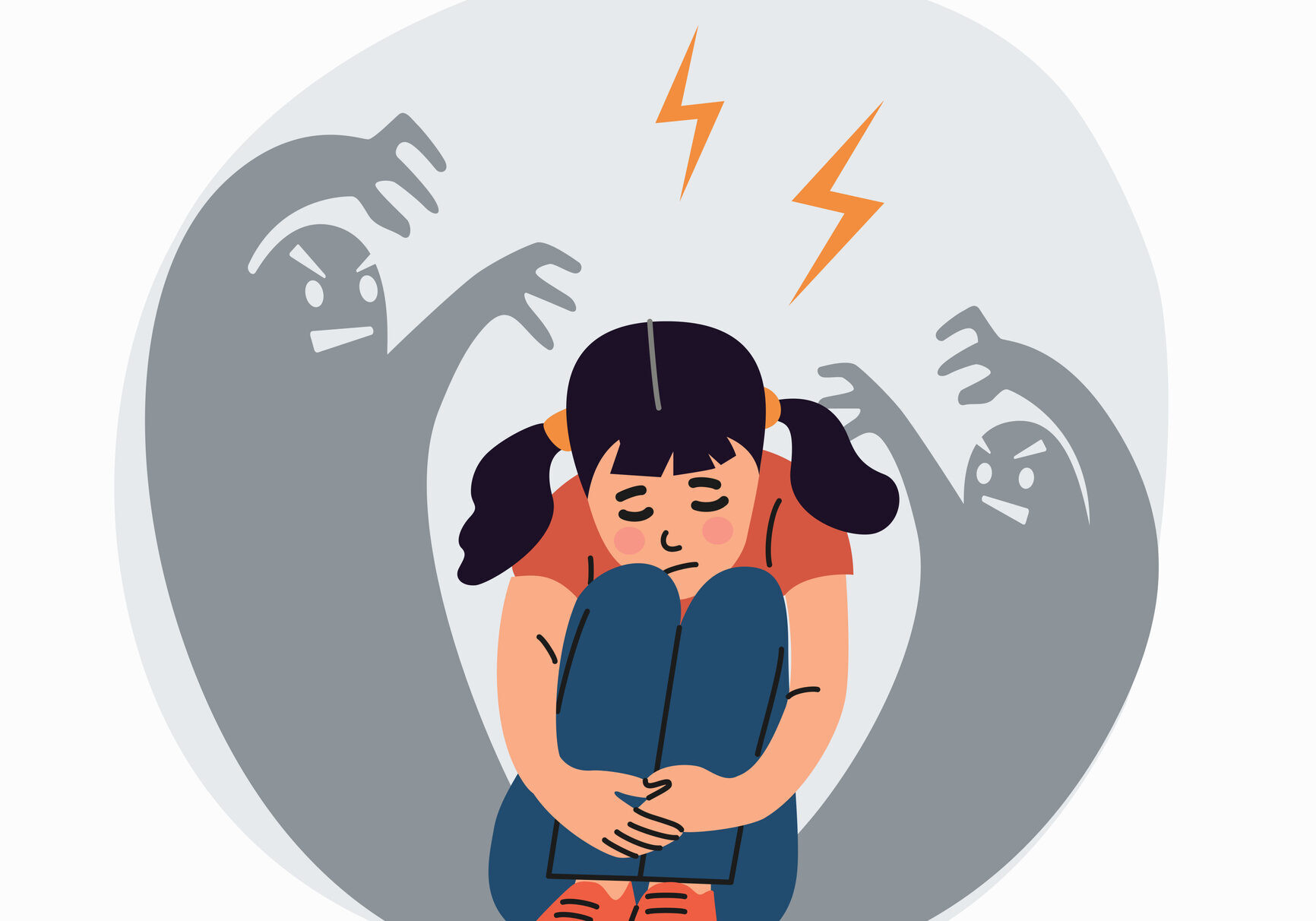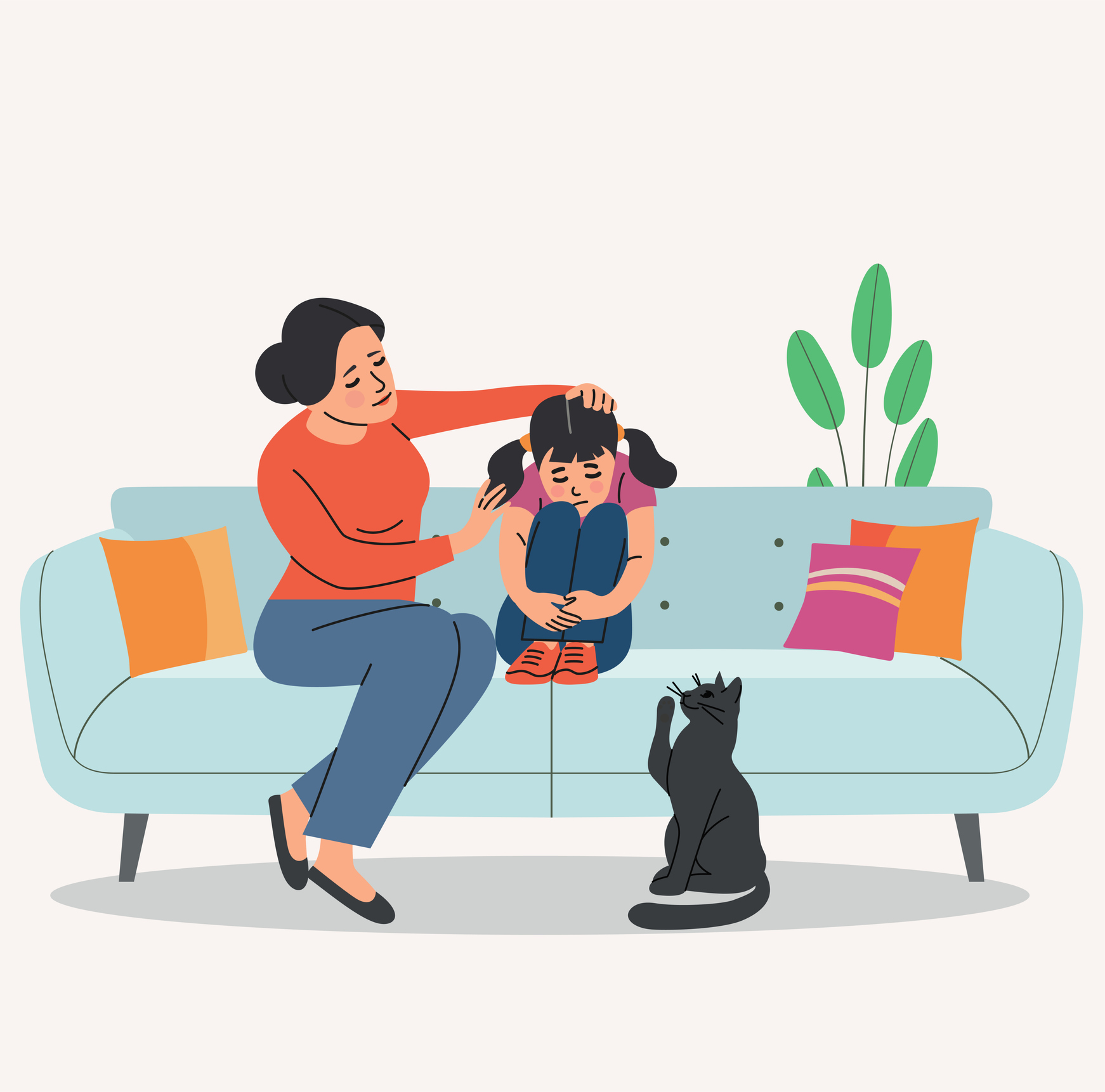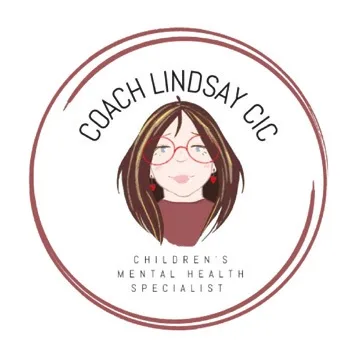
Anxiety – How It Shows Up and How To Support It
by Coach Lindsay
Helping your child during anxious moments...
How Can You Help Your Child in An Anxious Moment?
When your child is in the middle of an anxious moment, they may feel frightened, agitated or worried about having a panic attack. The important thing to do in the moment is to help them calm down and feel safe.
These strategies can help:
- Breathe slowly and deeply together. Place their hand on your heart and let them feel the beats and the calm breaths you are taking.
- Sit with them and offer calm physical reassurance. Keeping your own emotional state regulated.
- Feeling you nearby, holding your hand, or having a cuddle, if possible, can be soothing.
- Connecting with what they can see, touch, hear, smell, and taste can bring them closer to the present moment and reduce the intensity of their anxiety. You might think together about five things they can see, four things they can touch, three things they can hear, two things they can smell and one thing they can taste.
- Reassure them that the anxiety will pass and that they will be okay.
- It can be helpful to describe it as a wave that they can ride or surf until it peaks, breaks and gets smaller.
- Ask them to think of a safe and relaxing place or person in their mind.
Remember that everyone is different and that, over time, you and your child can work together to find the things that work best for them in these moments.
How Anxiety Can Show Up
Negative thinking – Anxiety in children often manifests through negative thinking. They might frequently worry about worst-case scenarios or doubt their abilities, leading to feelings of fear and uncertainty. This pattern of negative thinking can impact their confidence and overall well-being.
Avoidance – Anxiety in children often shows up as avoidance. They might steer clear of certain situations, people, or activities that make them feel anxious. This behaviour is a way of coping with their discomfort, but it can also prevent them from fully engaging and enjoying their daily experiences.
Acting out – Dysregulation in children often appears as acting out. They may struggle to control their emotions, resulting in outbursts or disruptive behaviour. This is their way of coping with overwhelming feelings.
Lack of attention – Children who are anxious often struggle with maintaining attention and can become easily distracted. Their anxiety makes it challenging for them to concentrate, leading their minds to frequently wander. This can impact their ability to stay focused on tasks and activities, requiring extra understanding and support.
Needs constant reassurance/clingy – A child who is anxious may also seek constant reassurance and display clingy behaviour. They might frequently look for validation and comfort from caregivers, needing to be reminded that everything is okay. This can manifest as a strong attachment, where they stay close to trusted adults and become distressed when separated.
Their anxious thoughts can make it difficult for them to relax and fall asleep.
Anger/frustration – A child who lives with anxiety may also exhibit signs of anger and frustration. These intense emotions can surface when they feel overwhelmed or unable to manage their anxious thoughts. Their frustration might be a response to the internal struggle of coping with anxiety, leading to sudden outbursts or irritability.
Trouble sleeping – Their anxious thoughts can make it difficult for them to relax and fall asleep, leading to restlessness and frequent waking during the night. This lack of restful sleep can further exacerbate their anxiety, creating a challenging cycle. They might also experience nightmares or difficulty staying asleep, as their worries invade their dreams.
Sleeping too much – A child with anxiety may also sleep excessively. This can be a way for them to escape their overwhelming feelings and find a temporary refuge from their anxious thoughts. Over-sleeping might serve as a coping mechanism, allowing them to avoid the stress and pressures they face during waking hours. This need for extra sleep can be a sign that their anxiety is taking a significant toll on their mental and emotional well-being. It’s important to recognise this behaviour and provide the necessary support to address the underlying anxiety, helping them find healthier ways to cope and ensuring they have a balanced and restful sleep pattern.
Stomach ache/headache – Stomach aches and headaches are common physical symptoms of anxiety in childhood. When a child feels anxious, their body can respond with these types of discomfort, reflecting the stress they are experiencing. These physical manifestations of anxiety can further impact their daily activities and overall wellbeing.

Inflexibility/needs things to be in their places – They might insist on strict routines or become upset when things are out of order, using these behaviours as a way to create a sense of control and predictability in their environment. This rigidity can be their way of coping with anxious feelings, providing them with a semblance of security and stability.
Lots of worrying – Their minds are often preoccupied with concerns about various aspects of their lives, from school performance to relationships with peers and family. This constant state of worry can make it difficult for them to relax and enjoy activities, leading to increased stress and emotional strain.
Gives up on things easily – When faced with challenges, their anxiety can overwhelm them, making tasks seem insurmountable. As a result, they might abandon activities or projects quickly, fearing failure or disappointment.
Pushes people away/wants to be alone – This behaviour can be a way for them to cope with their overwhelming feelings, as social interactions may feel too intense or stressful. They might seek solitude to regain a sense of control and calm. Recognising this need for space and providing gentle support can help them feel more secure and understood, eventually allowing them to re-engage with others at their own pace.

Go gently on yourselves
ColneLife Sep/Oct 24





